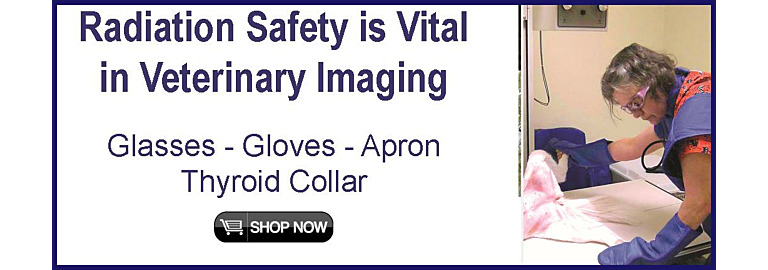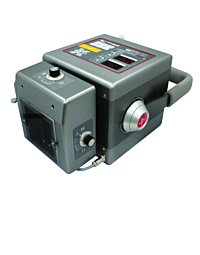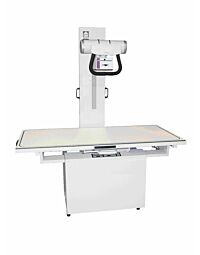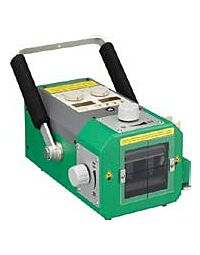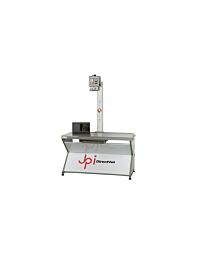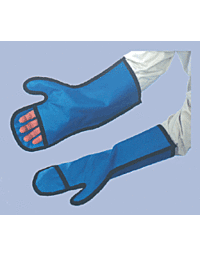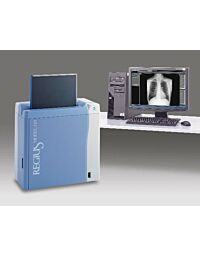Radiography is vital to the best practice of veterinary medicine because it enables the understanding and diagnosis of a variety of health issues. Accompanying these benefits, however, are risk factors associated with radiation exposure, which every veterinary professional should take seriously. Veterinary technicians are particularly at risk, as they are typically responsible for capturing the X-ray images. They carefully position animals to obtain the best image and often secure a squirming animal with their hands to get the best image. Effective radiation safety requires a commitment from veterinarians and veterinary technicians, as well as any other personnel who work in proximity to radiology equipment. For a veterinary technician, obtaining a radiograph is a routine assignment, and the cumulative effects of daily exposure to small amounts of radiation are a serious concern. Even small doses add up. Exposure precautions are always the best defense.
Steps can be taken to ensure that doses are as low as reasonably achievable. The ALARA (as low as reasonably achievable) principle aims to lower radiation doses in the workplace by leveraging practical, cost-effective measures. To maintain doses as low as reasonably achievable, veterinary staff should follow three simple safety principles:
- Time: Use the shortest exposure time possible, limit time in the X-ray suite, and avoid retakes by using your technique chart.
- Distance: Stay as far away from the radiation source as practical by using sedation to allow for the use of sandbags and other nonmanual restraints as well as hands-free methods.
- Shielding: Use absorber materials like lead aprons, gloves, and thyroid shields, as well as permanent barriers to capture X-rays.
Consider lower-dose digital imaging
One way to reduce radiation exposure is to replace older, film-based X-ray equipment with a digital radiography system. Compared to conventional X-ray equipment, digital imaging provides sharper, higher-resolution images with less radiation exposure. Digital radiography isn’t new, but it has advanced considerably in recent years. Manufacturers are working to lower the radiation dose veterinary professionals and patients receive through solutions such as new lower-dose veterinary radiography systems. These systems enable low-dose radiation image capture without sacrificing clear, high-quality images. When choosing a digital radiography system, look for a lower-dose system that also simplifies workflow from capture to storage, with the flexibility to view images on any device—at home, on the road, or in the office. Visit our website to see the latest in Veterinary Imaging Equipment and Radiation Safety Protection.

